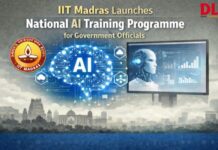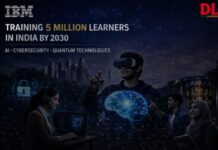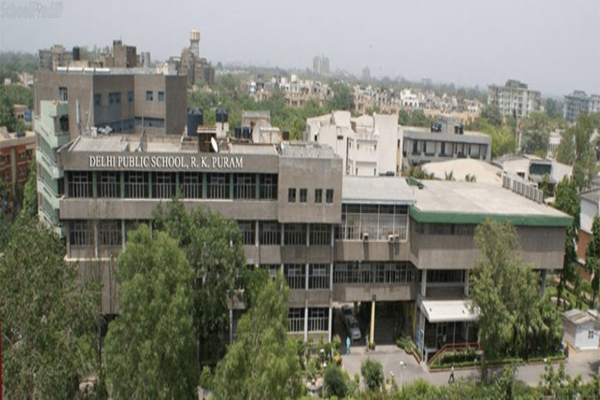The Anna Science Centre Planetarium, which is situated in Tamil Nadu (India), will soon be getting an EDUSAT uplink with the support of the Department of Science and Technology. An interactive scientific kiosk, established by the IBM, will also be operational at the centre soon.
The educational broadcast through EDUSAT will be available at the Anna Science Centre Planetarium by June, 2007. The planetarium would also get video conferencing facility in order to facilitate interaction with other science centres across the country. The programmes will include regular interaction with scientists for which an annual agenda will be drawn. The centralised agenda will be coordinated along with other science centres with EDUSAT facility, including the two centres in Tiruchi and Chennai. The centre has also come up with a new planetarium show titled `Astounding Universe' on astronomy and constellations. The 45-minute show will feature eight modules, each focussing on different aspects of galaxy. The proposed IBM's science kiosk at the centre will be open to public from June. The kiosk includes theme-based missions and integrated game, web camera and animation in order to help visitors explore science in an interactive way.



















